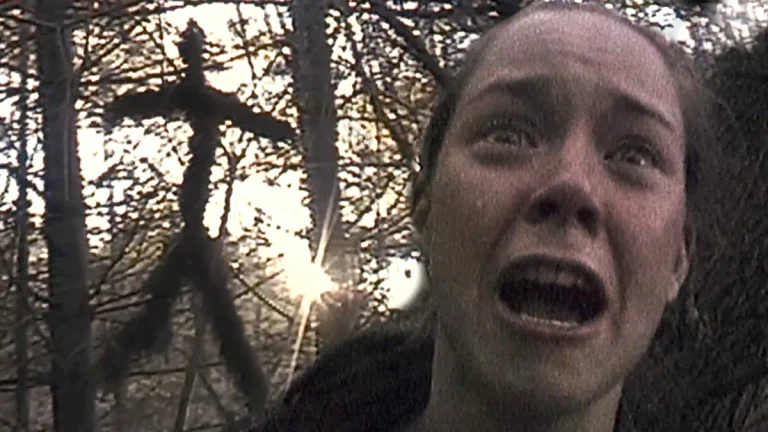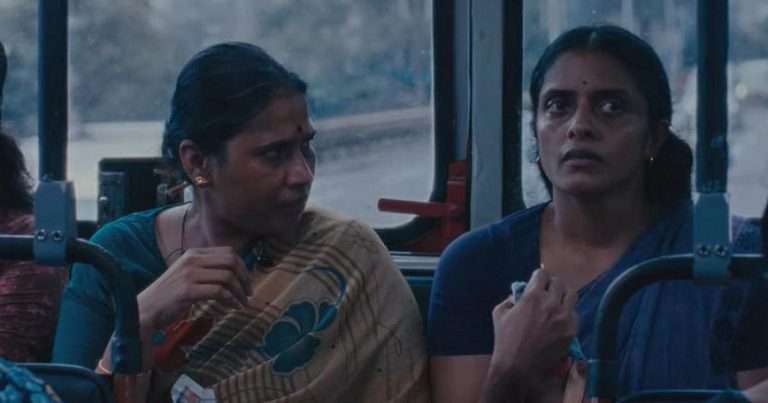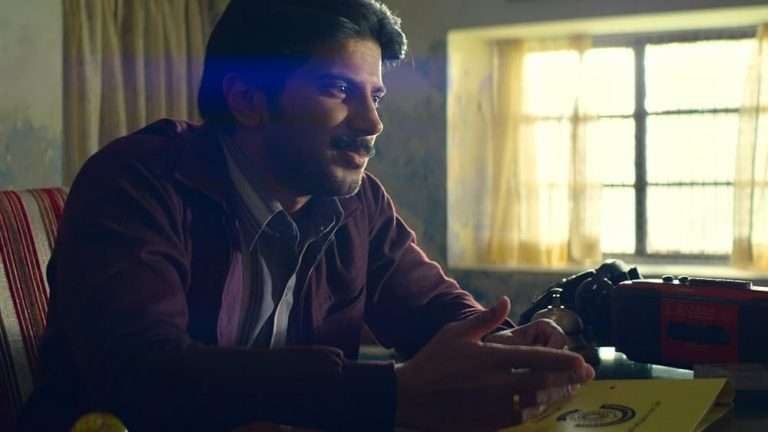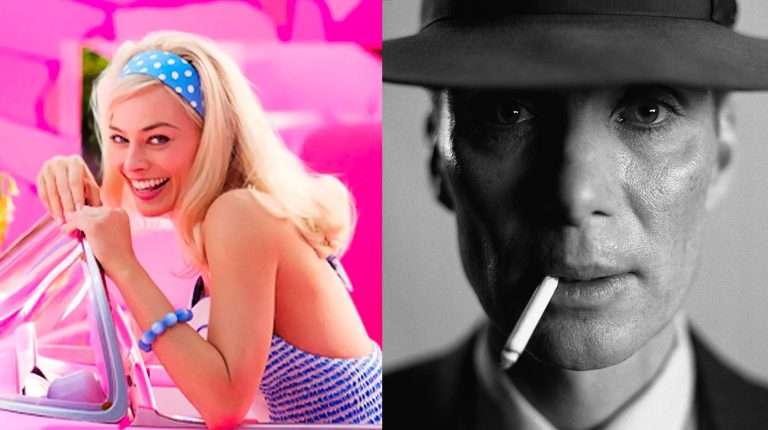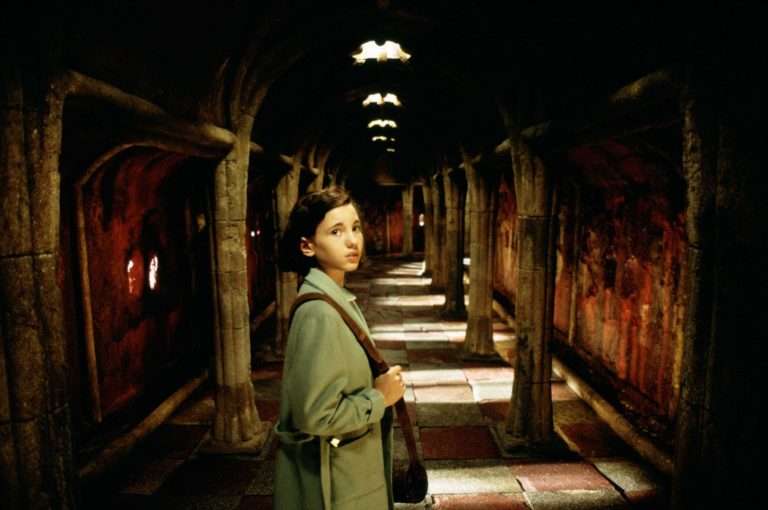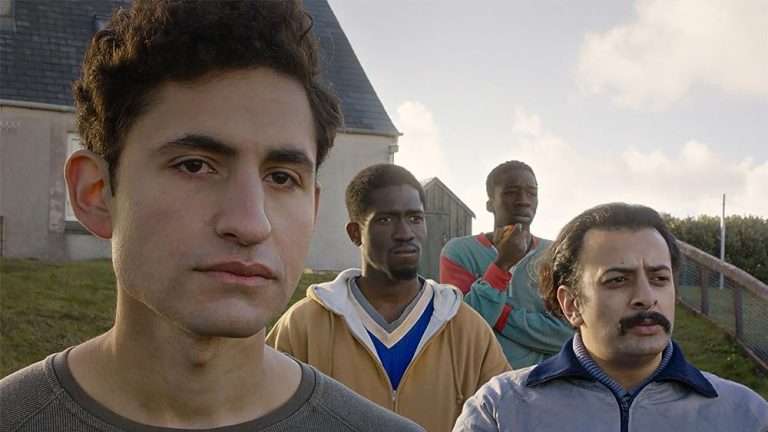Homoeroticism in Action Cinema: The 1991 crime thriller “Point Break” introduces its antagonist to the main character in the following manner – Johnny Utah, an undercover FBI agent, played by a lean, clean-shaven Keanu Reeves, walks down a beach with a girl. He turns to look at the sea and catches the silhouette of a surfer. Time slows, and the camera captures the sensuality of the moment. The surfer’s body is glistening against the sun as he glides his way through the waves. The girl, Tyler (Lori Petty), turns to Utah and says, “That’s Bodhi.”
Utah stares at him, his mouth half-open. It wouldn’t be the first time he could not take his eyes off the blonde-haired, blue-eyed Bodhi (Patrick Swayze). Soon, Utah would relentlessly chase Bodhi for several cases of armed robbery. He would get Bodhi under gunpoint once yet would find himself unable to fire. In frustration, he screams and shoots at the sky. He would increasingly find himself drawn to Bodhi and his philosophies, all the while surfing big lush waves, often understood to be a metaphor for passion and change.
By the end of the film, Utah is present to witness Bodhi ride the last wave before his death, after which he walks off, throwing his FBI badge into the ocean. Despite all this, Johnny Utah is a straight man with a female love interest. But that shouldn’t be surprising – in an action film, no one is gay, except everyone is. Much like how rom-coms are targeted towards women, action movies are primarily a medium catering to men. The camera often takes the perspective of men – replicating the male desires of an ‘ideal’ heterosexual male viewer.
When in Michael Bay’s “Transformers” (2007), the camera hovers over a shiny car or pans over a scantily-clad Megan Fox, it caters to what an average straight man might enjoy viewing. However, when most action movies are imagined to be from this male point of view, it becomes quite jarring when this same view objectifies men themselves. While the male protagonist could very well be admiring the physique of another man through sensuous camera work, there is undoubtedly a queer element to it.
Without explicitly featuring homosexual themes, action cinema can be homoerotic. They might represent a desire for sexual exploration among men, whether it is the filmmaker’s intent or not. David Fincher’s “Fight Club” (1999), as violently masculine as it is, also has a queer subtext – men collaborating and meeting up in secrecy, taking out their worldly dissatisfactions with each other and, therefore, participating in a subculture that binds them together and provides them with a common identity.
The author of the book Chuck Palahniuk came out as gay in the years following its publication, enabling the speculation that the queer elements in the book, as well as the movie, might have been intentional. However, even filmmakers who had no intent to incorporate queerness in their work accidentally find their films under the lens. At the same time, a lack of intent should not exempt a work from being analyzed in any manner since the viewer’s experience often provides more interesting angles with which to examine a film.
The 2019 Bollywood action thriller “War” by Siddharth Anand, starring Hrithik Roshan and Tiger Shroff, has long been considered an explicitly homoerotic film. The scene when the two characters are introduced features bulked-up secret agent Hrithik Roshan walking out of a helicopter as Tiger Shroff, his soon-to-be friend/mentee, watches in awe, which certainly has more homosexual undertones than what the film lets on. The two characters maintain an intense relationship throughout the film. However, the movie utterly lacks women, the love interest presented to Hritik Roshan is inadequate, and her screen time is lackluster. Instead, all the sexual tension is between the two male leads.
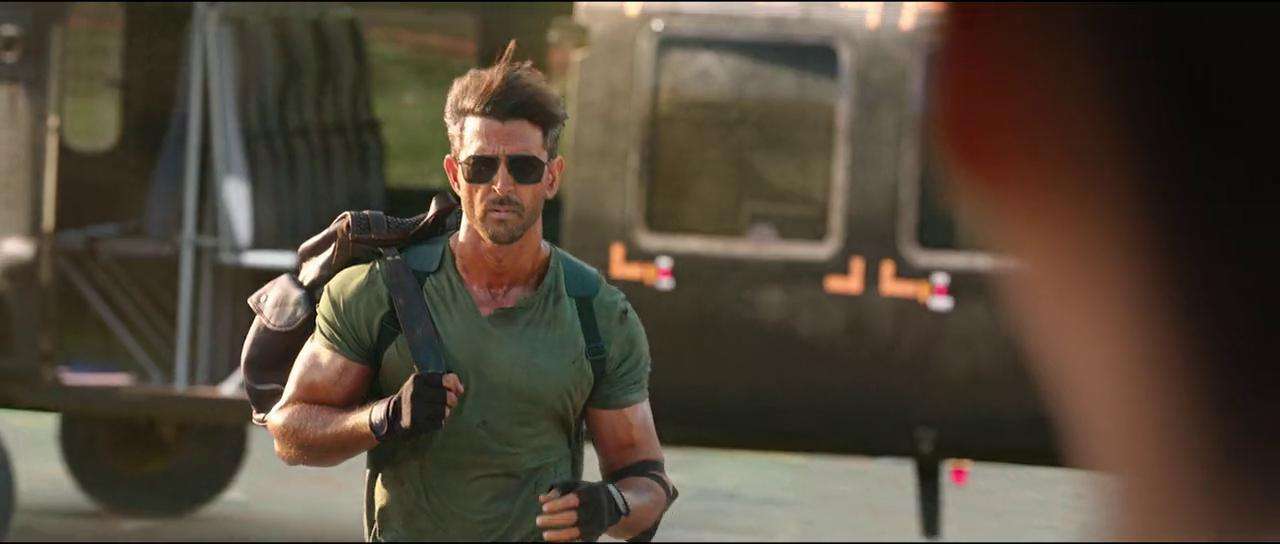
At one point, another character remarks that Shroff’s character ‘loves him (Roshan),’ which, of course, can be perceived as platonic or a bromance of sorts. But to the viewer, who spent close to three hours watching two men gaze at each other surrounded by phallic imagery (missiles), there is hardly anything heterosexual about the film. However, analyzing homoeroticism in Bollywood films is a trickier affair than doing the same for Hollywood. For one, the filmmaker rarely intends for a queer lens to be applied to their work, thanks to the homophobia in Indian culture. Queerness in cinema is usually only attempted by the elite art films. This can make any homoerotic reading or analysis, especially of mass action films, appear imaginary or drawn out, no matter how on-the-nose it might be.
On the other hand, there is the question of homosociality, the idea of men having strong emotional connections with each other without the relationship turning sexual. These kinds of relationships are rarer in Hollywood, thanks to years of laws that punished any behavior remotely resembling homosexuality. But in Indian cinema, where bromance (“Yaarana,” “Dostana,” “RRR”) is culturally encouraged, and practices such as platonic hand-holding among men exist, applying a queer lens to films that reflect such intense male relationships could feel odd. However, due to the lack of proper queer representation, or the downright offensive or harmful queer representation in Indian cinema, homoerotic heroes are the only ways in which the queer community can find themselves in film.
In a film industry that loves to depict gay men as sexual predators and trans women as child abductors, queer viewers seeking positive representation in canonically heterosexual characters make sense. Action movies just happen to be an excellent medium for this desire for visibility. But even subtext is often manipulated to make queerness appear horrifying or villainous, especially if the values of the time period that the film comes out into are homophobic or heteronormative.
The 80s and 90s America was the era of Reagan and the AIDS epidemic, respectively. In such a tumultuous era, the LGBTQ community, especially gay men, was considered to be repulsive, even dangerous. So it is not a total surprise that in Mark Lester’s 1985 film “Commando,” the Freddy Mercury-esque villain Bennett (Vernon Wells) has a fixation with the protagonist, Arnold Swartzeneggar’s John Matrix. Bennett wears fishnet vests and reminisces about the good old days when he and Matrix were friends.
In the final scene, Matrix entices Bennett, “Put the knife in me. Look me in the eye and see what’s going on in there when you turn it,” moments before impaling him with a pole. The movie never explicitly states that Bennet is queer. But the hint that Bennet is a gay man, bitter due to unrequited love and evil due to his sexuality, is alluded to. These subtexts go the extra mile not only to avoid queer representation but also to associate queerness with villainy in a way that could form subconscious biases. In a time when close relationships between men are being normalized and positive queer representations are making their way into the media, homoeroticism is finding itself on its way out.
But if you squint closely enough, you might catch bits and pieces of it still lingering in present-day cinema. Homoerotic readings add depth to seemingly shallow works of art and help us understand our ideas surrounding gender and sexuality. They are also a way to experience queer joy, for queer youth to find representation where they don’t expect it. Every time a buff man from an action cinema stares at his friend with a little more than platonic love in his eyes, a queer teenager somewhere smiles with recognition.


